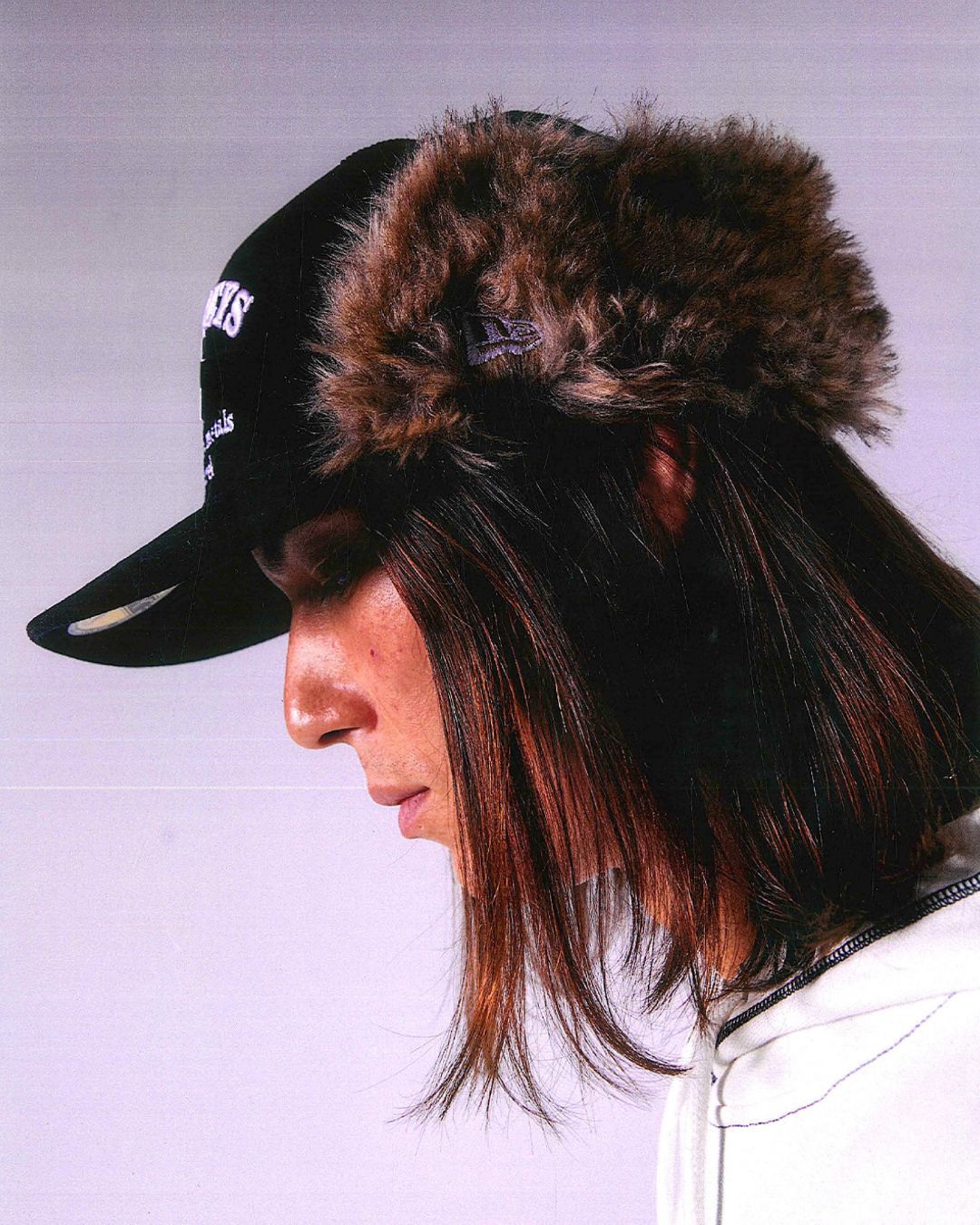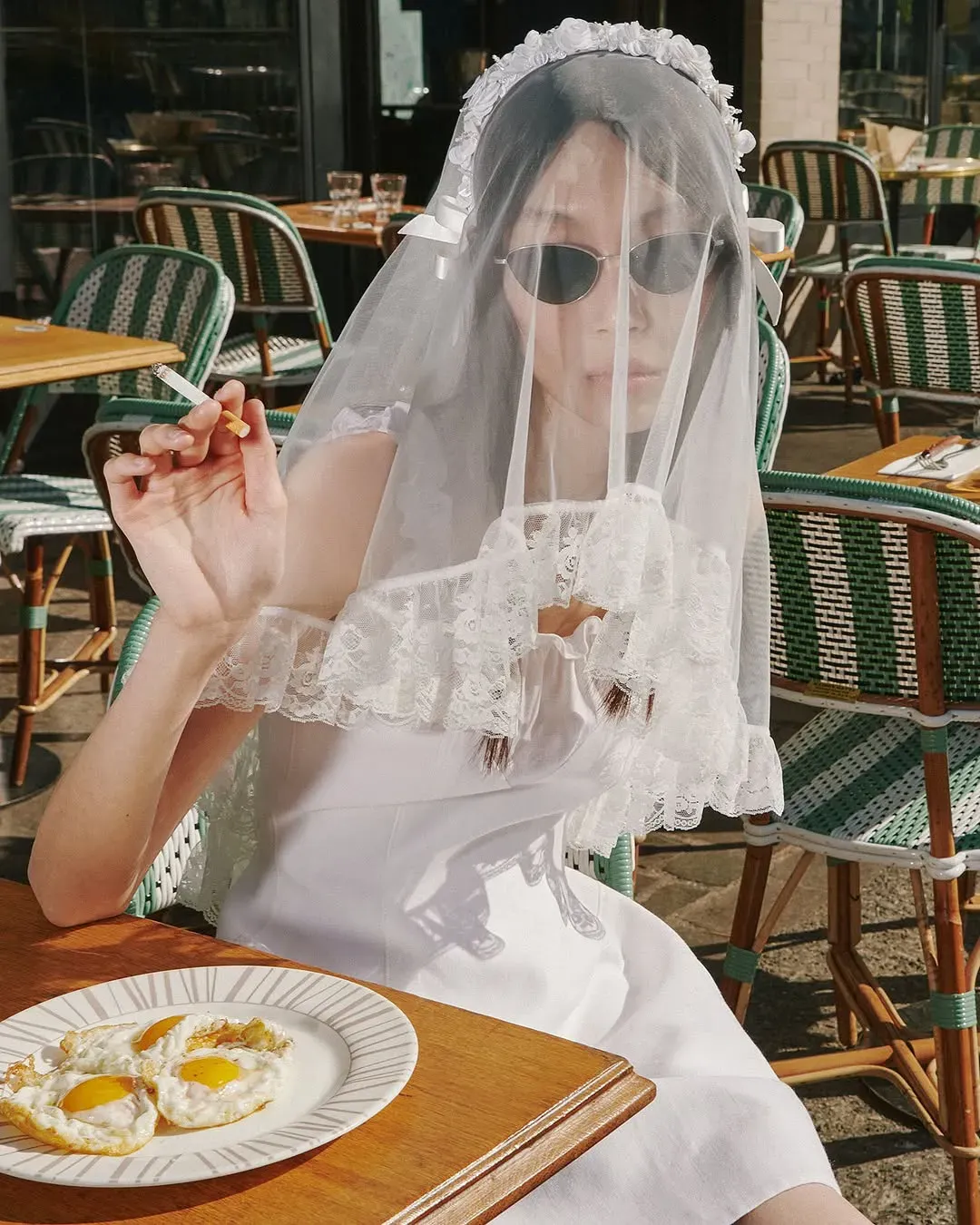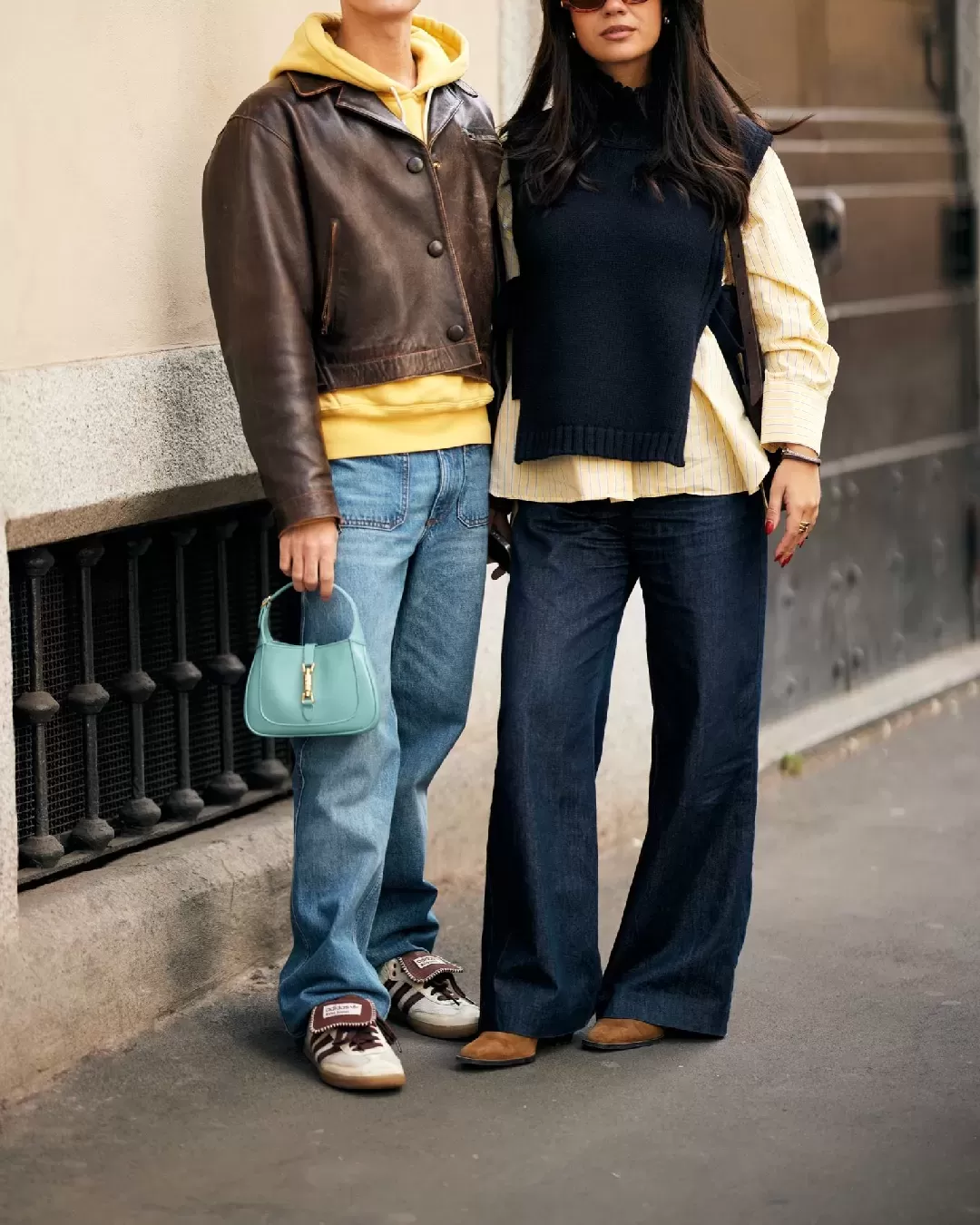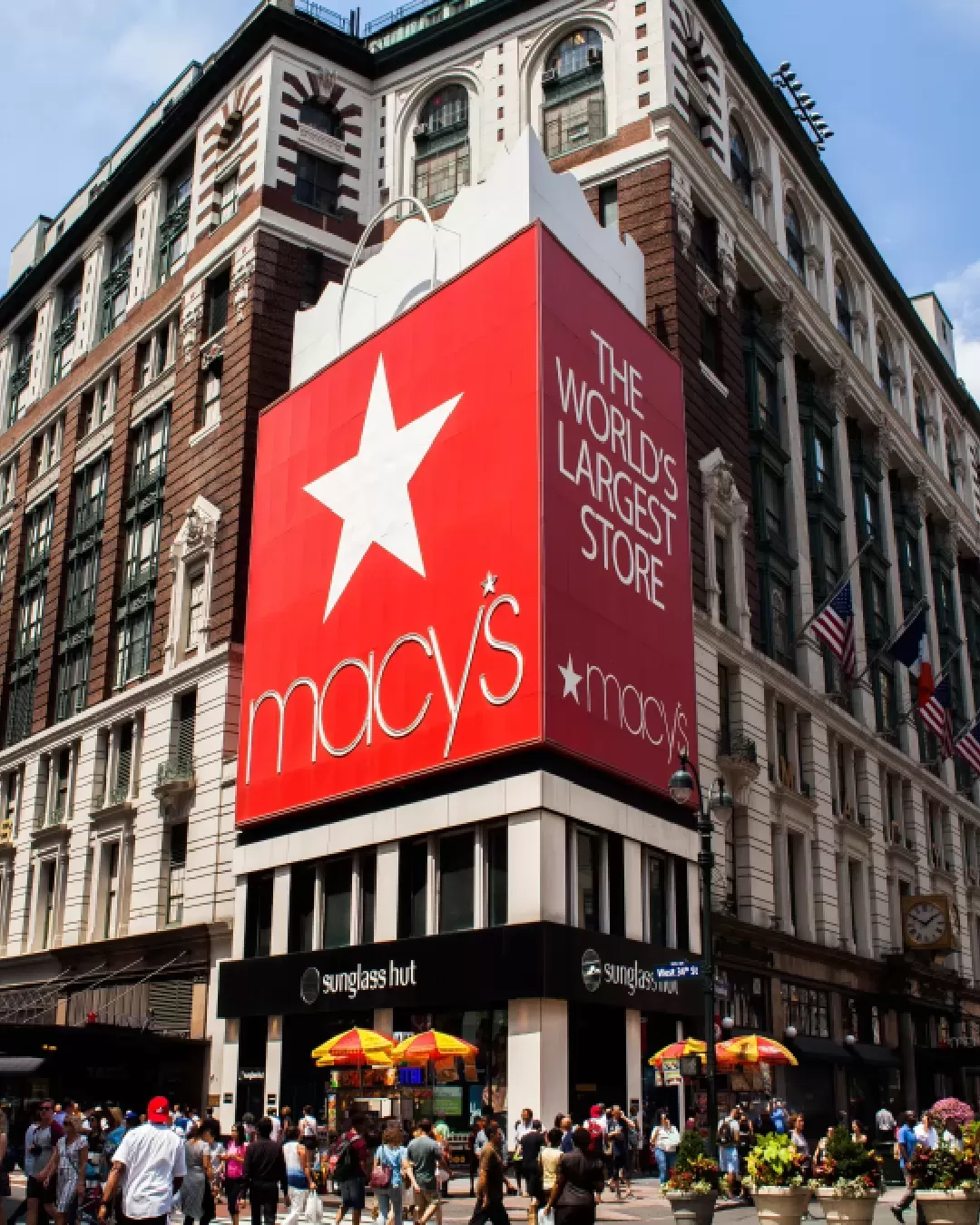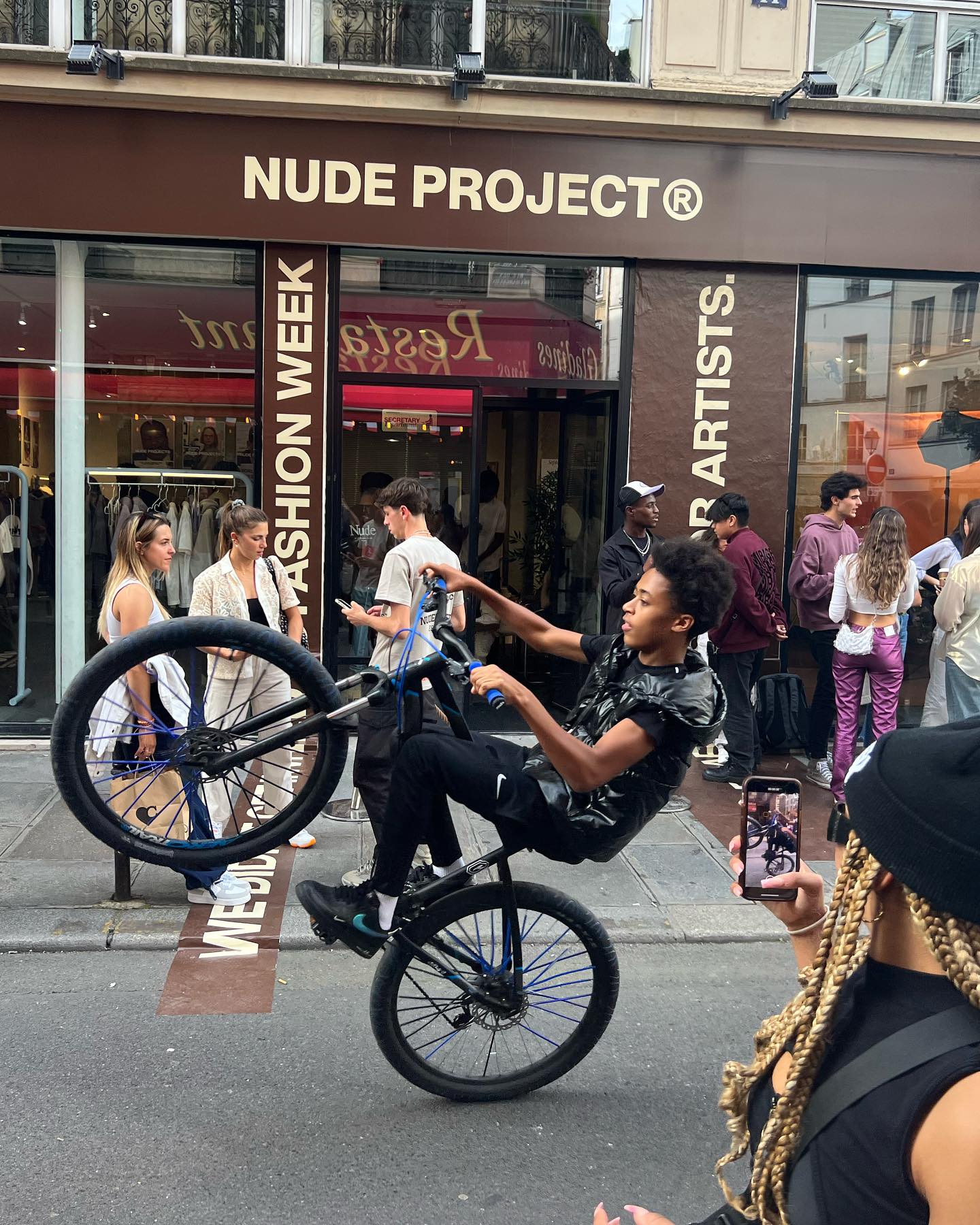
The return of the friendly neighbourhood brand To evolve, you have to do things the old way
Fashion is struggling. At least, luxury fashion is. However, walking through the streets of Milan, especially on weekends, it doesn't seem like consumer spending has come to a halt: of course, while boutiques on Montenapoleone are still bustling, nearby on Corso Garibaldi, it’s not unusual to see queues outside the stores of Stussy, Supreme, and Carhartt WIP. Further south in the city, numerous young people gather around the Nude Projects store, a new addition in front of the recently expanded Carhartt WIP shop in Ticinese. A few days ago, a long line formed outside a sample sale at Iuter and lasted for at least two whole days. Although the craze doesn’t match the peak activity of the streetwear boom, it’s telling that in a challenging year like 2024, both Stussy and Carhartt WIP opened new locations in Milan, not far from the new Rains store, which recently arrived in Italy from Copenhagen. All these brands share something in common: physical stores, premium but accessible prices, and a community of young aficionados eager to shop casually, like in the past. In the case of Nude Project, as co-founder and creative director Bruno Casanovas explained, «We started as a digital brand, but we quickly realized that our community needed a space to see, breathe, and experience Nude Project.» This initially led to «pop-up events in major cities, where the demand from our community was overwhelming: seeing long queues of people and the energy surrounding the brand convinced us to make the leap to physical stores,» he explains. «After understanding the market, organizing various events and pop-ups, our Milan store became a success for us».
The strategy is working: according to Growjo, Stussy came close to 100 million in revenue last year; meanwhile, Nude Projects grew by 500% in 2022 alone, reaching 30 million euros in revenue in 2023 with eight stores and a café opened in just three years. Another Spanish brand, TwoJeys, has become a European phenomenon in five years, starting with pop-up events in Spain and eventually opening ten stores across Europe. «A store isn’t just a place to shop; it’s a place to live the brand», explained Juanjo Villora, who manages the retail branch of TwoJeys. «Physical stores are the epicenter of the local community. We host events, collaborate with local artists, and ensure customers feel the space belongs to them. We love engaging with local creatives and ensuring our stores are always buzzing with activity». The community aspect is also essential to Bruno Casanovas of Nude Project, who told us: «We look for commercially attractive areas that are also in neighborhoods where our community feels comfortable and aligned with the overall vibe». In the case of the brand’s Italian store, which along with the Lisbon branch is the only one outside Spain, the chosen area is Ticinese, near the Colonne and Navigli districts, teeming with youth-oriented clothing stores like Iuter, Dolly Noire, vintage shops, Carhartt WIP, and the multi-brand store Special. Incidentally, Nude Project’s store is the only one featuring an indoor fountain that, during a recent fashion week event, was turned into a giant beer cooler for the brand’s own beer, Desnuda (which is, by the way, quite good). «All our stores are unique because we like to explore each city’s history and traditions, using them as design guidelines», Casanovas explains. «Especially in new countries, we make sure the local culture and its people resonate with our brand and convey the same values».
Something similar, as reported by BoF, is happening in Manhattan, where a mini-boom of menswear stores is underway in the Lower East Side: Awake recently opened there, as did Le Père, Fugazi (whose store also functions as a café), Denim Tears, Vowels, and Rains, which arrived just a few days ago on Madison Avenue. Both Stussy and the cult contemporary tailoring brand Stoffa are set to open soon, and the premium British brand Varley has also chosen to establish a presence in the city. These are just a few of the many young brands that have opened stores in Manhattan between 2020 and 2023, taking advantage of affordable rental rates that emerged after the lockdown. The reason for so many openings can be summed up in an old but enduring concept: clothes need to be tried on—after all, e-commerce is a substitute for the store, not the other way around. Some brands also sought to break free from being seen as Instagram-only businesses: the physical presence of a store outweighs the intangibility of a digital store, especially at a time when consumer psychology and what drives purchases are becoming ever more important for business success. This was a crucial factor in the rapid expansion of TwoJeys (whose founders started as influencers), as Villora noted: «Personal, in-store interaction with both products and customers is something no website can replicate. It’s not just about selling but about building a community and making each store a direct connection point with the brand». Moreover, science has shown for nearly half a century that nothing boosts business like the dopamine rush customers feel when they leave a store with bags in hand—without the tedious, impersonal processes involved in online shopping.
<
Hannah Lee for @Stussy Milan
— Storm Model Management (@StormModels) November 20, 2019
Shot by #liammacrae #HannahLee #stussy #campaign pic.twitter.com/zXE3zkUDSR
A similar sentiment emerged recently at the conference Re-Retail: Technology, Market, and Consumers in Fashion Retail, held a few days ago at Palazzo Lombardia and organized by Camera Buyer Italia. While the speakers represented major global luxury multi-brand retailers—a different retail tier from what we are discussing—they also concluded that the new wave of "neighborhood-friendly brands" is already applying a strategy of back to basics. This does not refer to a return to simple clothing but to the fundamentals of retail: curation, trend forecasting, creating culturally rich spaces, and serving as community hubs. This philosophy counters the omnichannel and e-commerce focus (75% of luxury multi-brand retailers invest over 10% of their revenue in digital), which has led some retailers into difficult situations. As described by WWD, «E-commerce performance has been sluggish. Luxury brands' direct-to-consumer strategies have limited independent stores' access to big names. Online retailers' discount policies have hurt small, often brick-and-mortar, businesses».
In short, the strategy of these new, more accessible stores is simply to offer a genuine “analog” shopping experience without the complications, forms, customer service calls, and impersonal aspects of e-commerce. «Our community connection is our greatest value», Casanovas emphasizes. «It also allows us to grow the community, especially among those who aren’t active on social media or online shopping. A physical store is one of the most authentic ways to materialize the brand». Even when TwoJeys decided to take the risk of investing in pop-ups and physical stores, they knew that «in-store shopping could make a big difference, and the brand experience wasn’t just about online sales. Stores and pop-ups allowed us to create the first tangible connection with customers». With the oversaturation of digital marketing, physical spaces are becoming essential for reestablishing connections with audiences. They allow customers, especially younger ones, to interact with the brand—something online platforms cannot replicate. While for Nude Project, «e-commerce allows us to reach over 100 countries and still leads in sales», Casanovas acknowledges that «entering a store means fully experiencing the brand’s personality—it’s like visiting a friend’s house. Additionally, the quality and experience of seeing products in person are crucial. This direct interaction not only enhances the customer experience but also strengthens the emotional bond with the brand». From curated atmospheres to exclusive launches, these stores meet the growing desire for personal connection and unique experiences that resonate with new generations. That’s why retail is called an "experience." After all, online shopping is ultimately just scrolling and clicking.











































